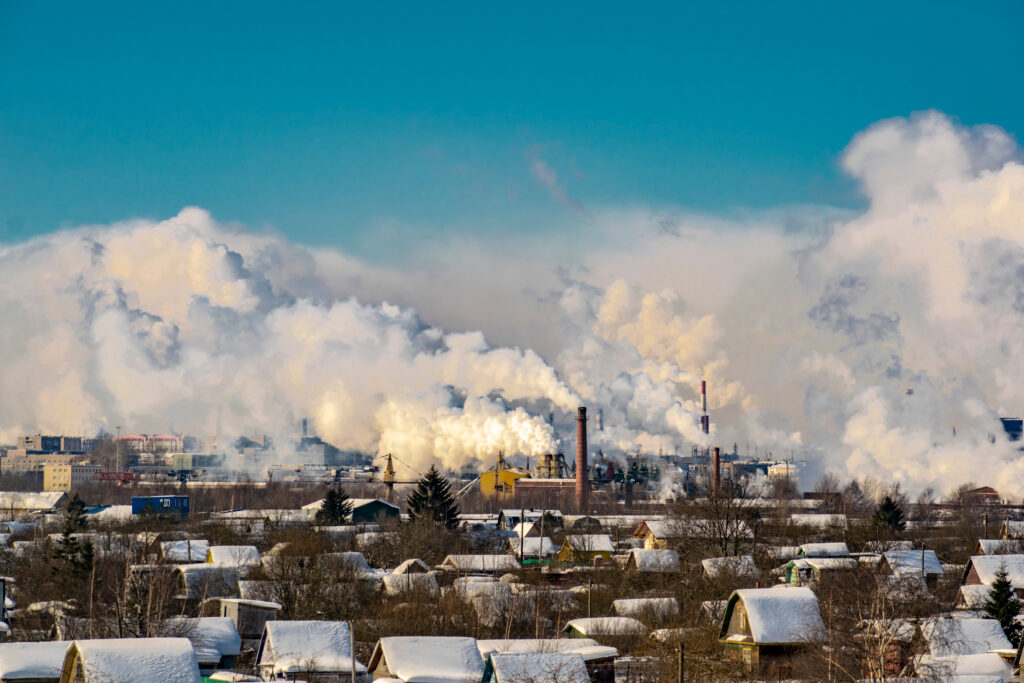We cannot simply shop our way out of our exposures to toxins.
While making the Clean Swap when and where we can is a component of lowering our toxic burden, it isn’t the whole solution.
I was inspired by the conversation @environmentaltoxinsnerd and @briannavannoy_ had on IG Live where the topic of discussion focused in part on the disparities populations and vulnerable communities of color face in terms of their exposures to environmental toxins.
When talking about how to mitigate our exposures to toxins, it must be acknowledged that vulnerable communities often lack the necessary access to stores that sell safer products, lack the income to spend more on the safer choice, and lack access to information about why products they easily find on the shelves are not always in their best health interest.
So, while some can choose to shop for clean swap items, none of us can completely eliminate toxins from our environment. The most vulnerable of us who live near manufacturing plants where petroleum products are made, drink water that is directly contaminated by toxic manufacturing processes, and who work directly with pesticides (among many other examples) their toxic burden isn’t something they can simply clean swap their way out of. These communities are battling environmental injustices every day of their lives.
While I focus on the things we can control—the products and food we buy in stores—it is not lost on me that the fight for making true change in our exposures to toxins is bigger than what is in our shopping carts. We also have to have change at the federal level so that known carcinogens, endocrine disrupters, and respiratory toxins aren’t simply an accepted by-product of “doing business as usual”.
Tell me, what are your thoughts around controlling what we can while still advocating for change?

 Low-Tox, Eco-Friendly and Sustainable
Low-Tox, Eco-Friendly and Sustainable

